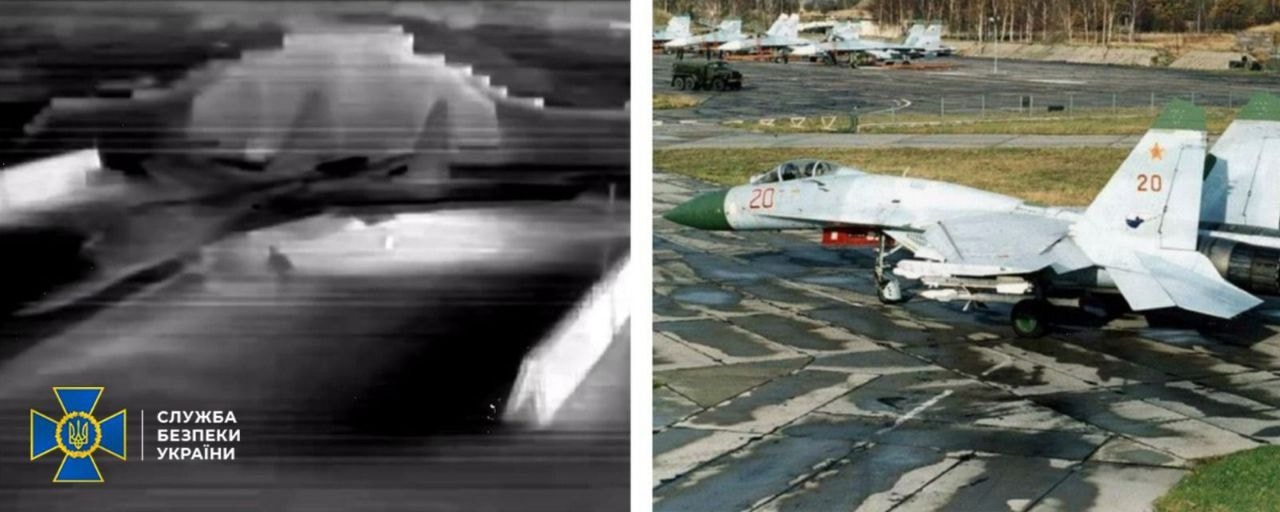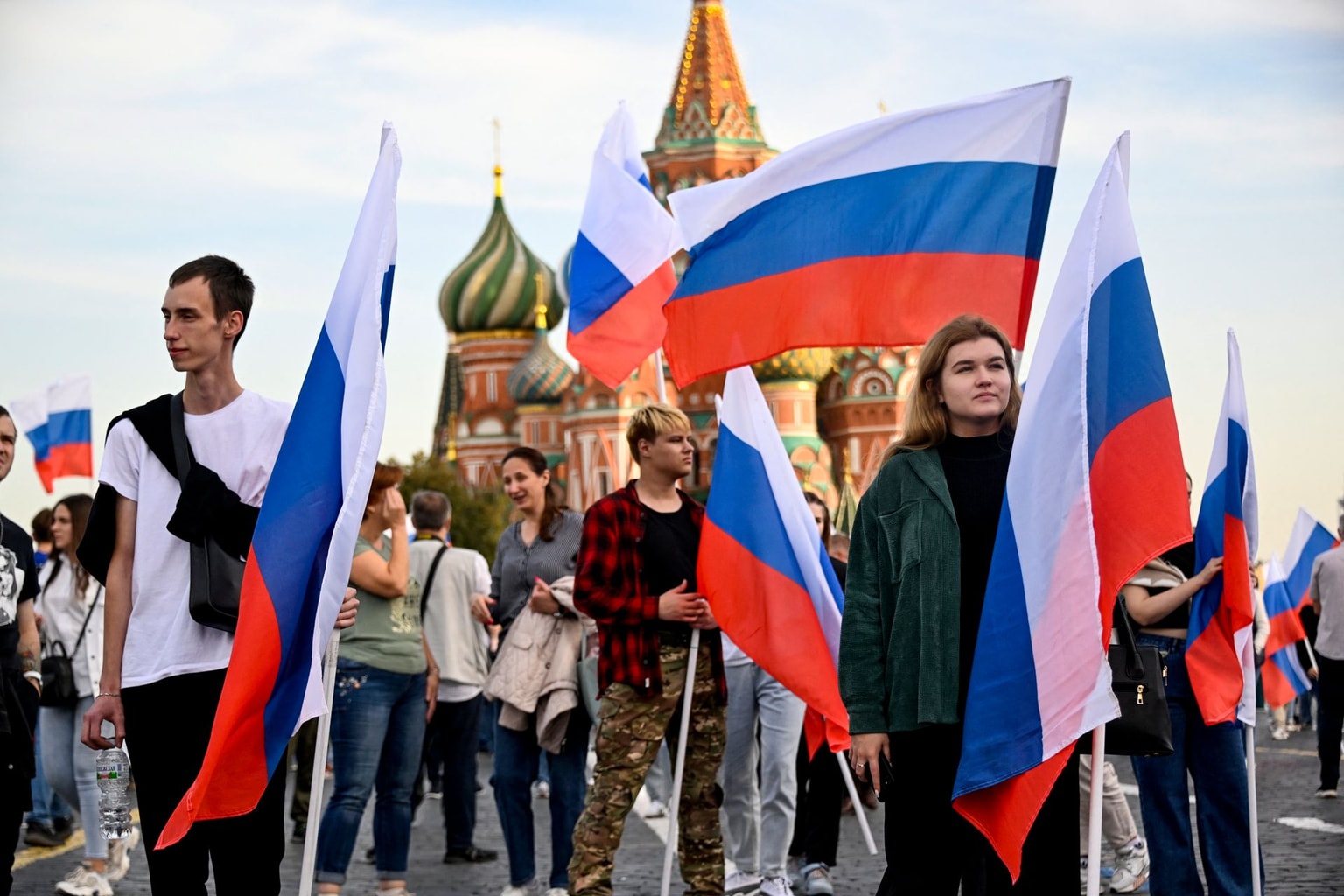ISW: Russia bolsters its defenses as Ukrainian forces advance

Russian forces are changing their communications structures and adapting their electronic warfare systems in response to the Ukrainian counteroffensive's continued advance, the Institute for the Study of War (ISW) wrote in its Sept. 8 report.
According to the ISW, Russian units are attempting to improve information sharing and strengthen command positions at the front.
Officials from the Center for Security and Emerging Technology (CSET) said that "Russian forces have improved communications between command posts and units at the front by laying field cables and using safer radio communications."
The officials also said the Russian military had moved key command posts and headquarters to better-protected positions out of range of Ukrainian artillery.
However, they noted that "Russian personnel still frequently communicate sensitive information through unsecure channels."
The ISW said that Russian forces still faced a formidable communications challenge due to the disparity of units operating in the same regions of Ukraine.
"Russian command is likely struggling to share information and create a common command space across these widely disparate forces defending against Ukrainian counteroffensive operations," the ISW said.
In addition to efforts to streamline communications, Russian forces are reportedly ramping up production of laser-guided shells and Lancet drones in hopes that improved accuracy can compensate for artillery shortages.
"Russian forces are prioritizing strike accuracy over volume because they lack the ammunition to sustain mass indirect fires," the ISW said, citing information shared by the Royal United Services Insitute (RUSI).
The ISW said that the Russian military was also changing its deployment of electronic warfare (EW) systems at the front. The new dispersal pattern, from a concentration of roughly 10 EW systems for every 20 kilometers to one system per 10 kilometers, indicates that the Russian military has improved the coverage a single EW system provides.
The ISW reported that Ukrainian counteroffensive troops continued to advance in western Zaporizhzhia Oblast and south of Bakhmut.












